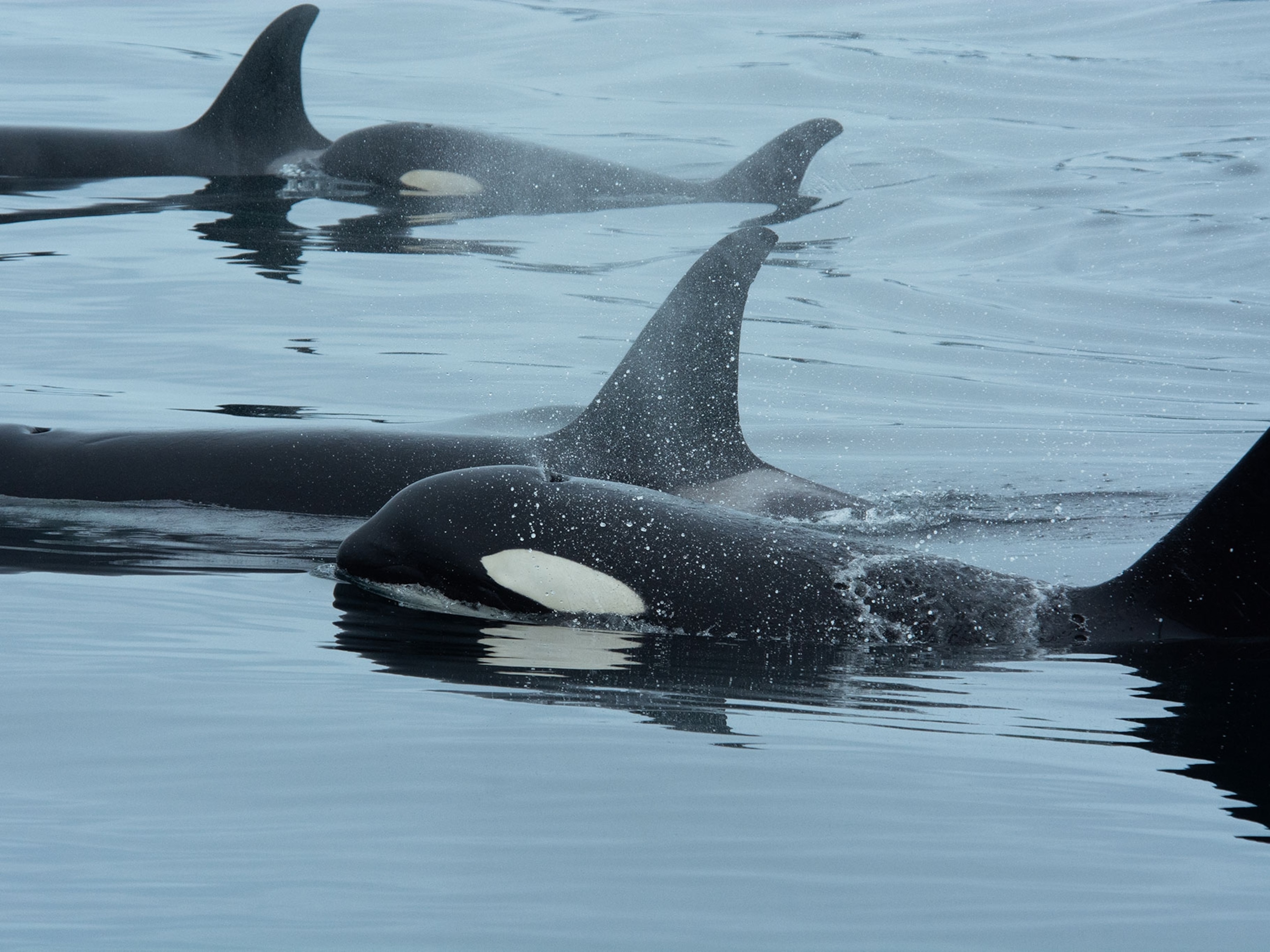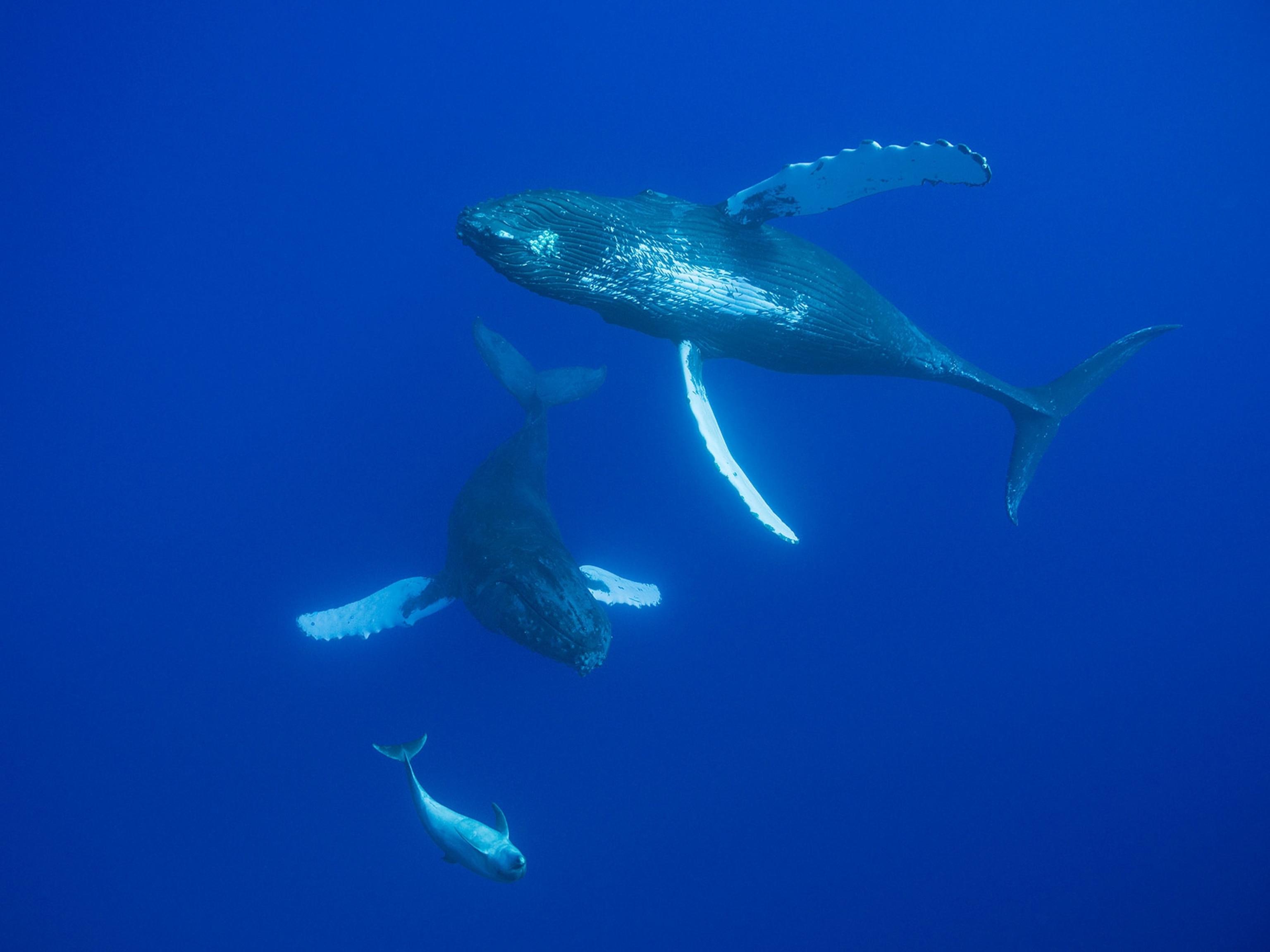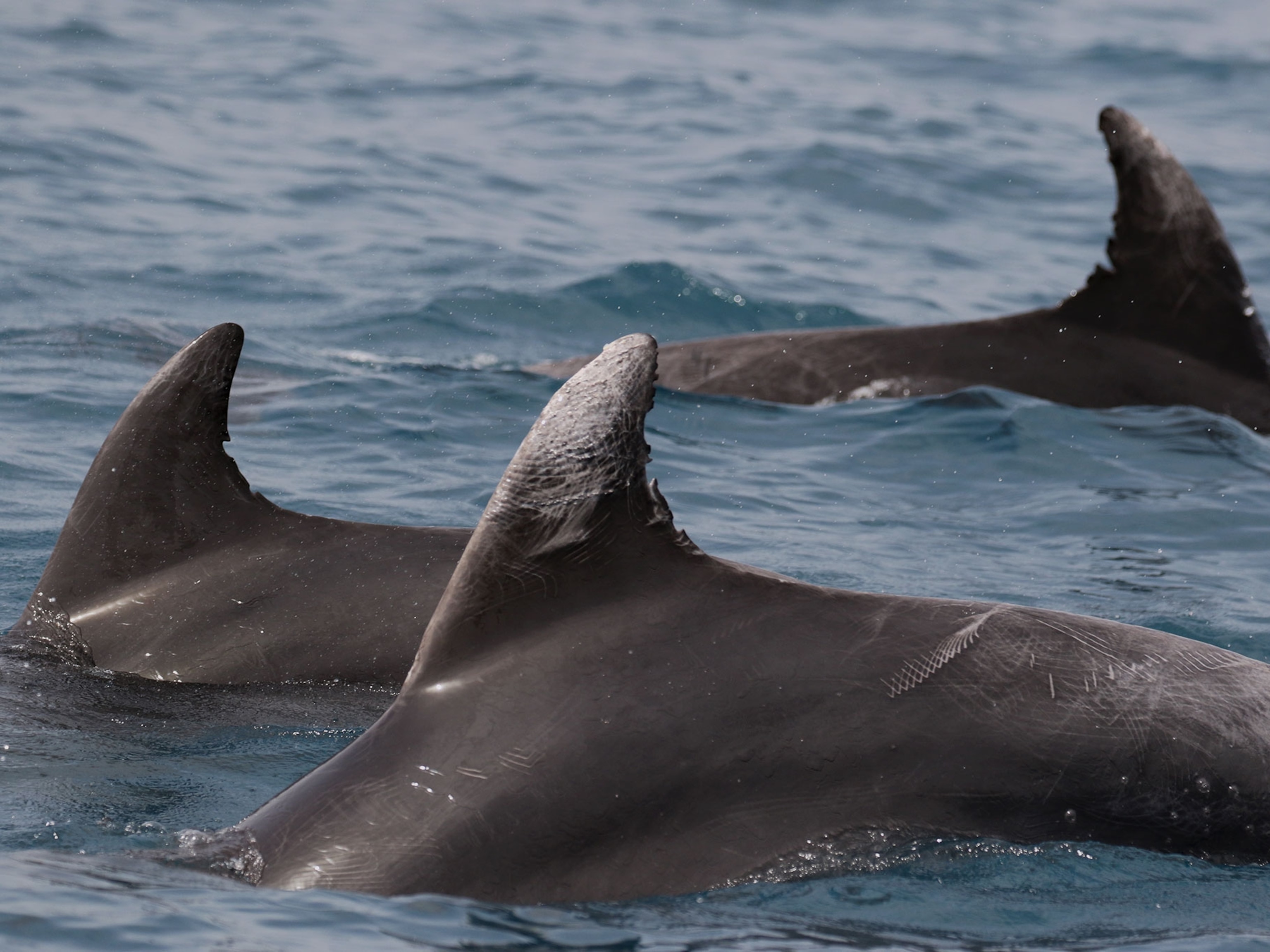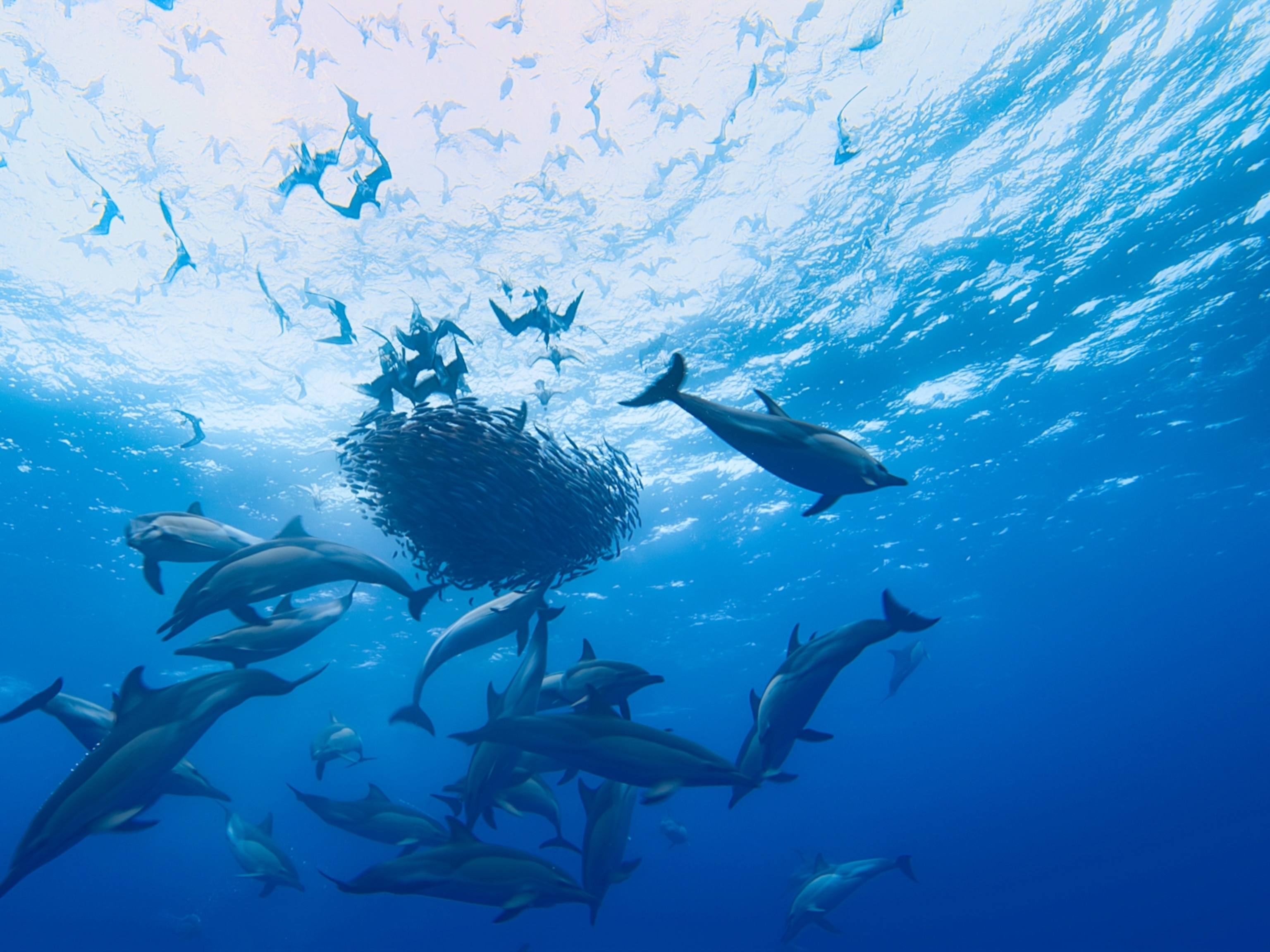A Photographer Shows Us Just How Smart Dolphins Are
“It’s Time for a Conversation,” a feature story exploring dolphin intelligence in the May 2015 issue of National Geographic magazine, presented photographer Brian Skerry and senior natural history editor Kathy Moran with an interesting problem: How do you show how smart a dolphin is? I recently sat down with Kathy and we talked about what it was like to work on this story with Brian—who shares his own experience in the video above.
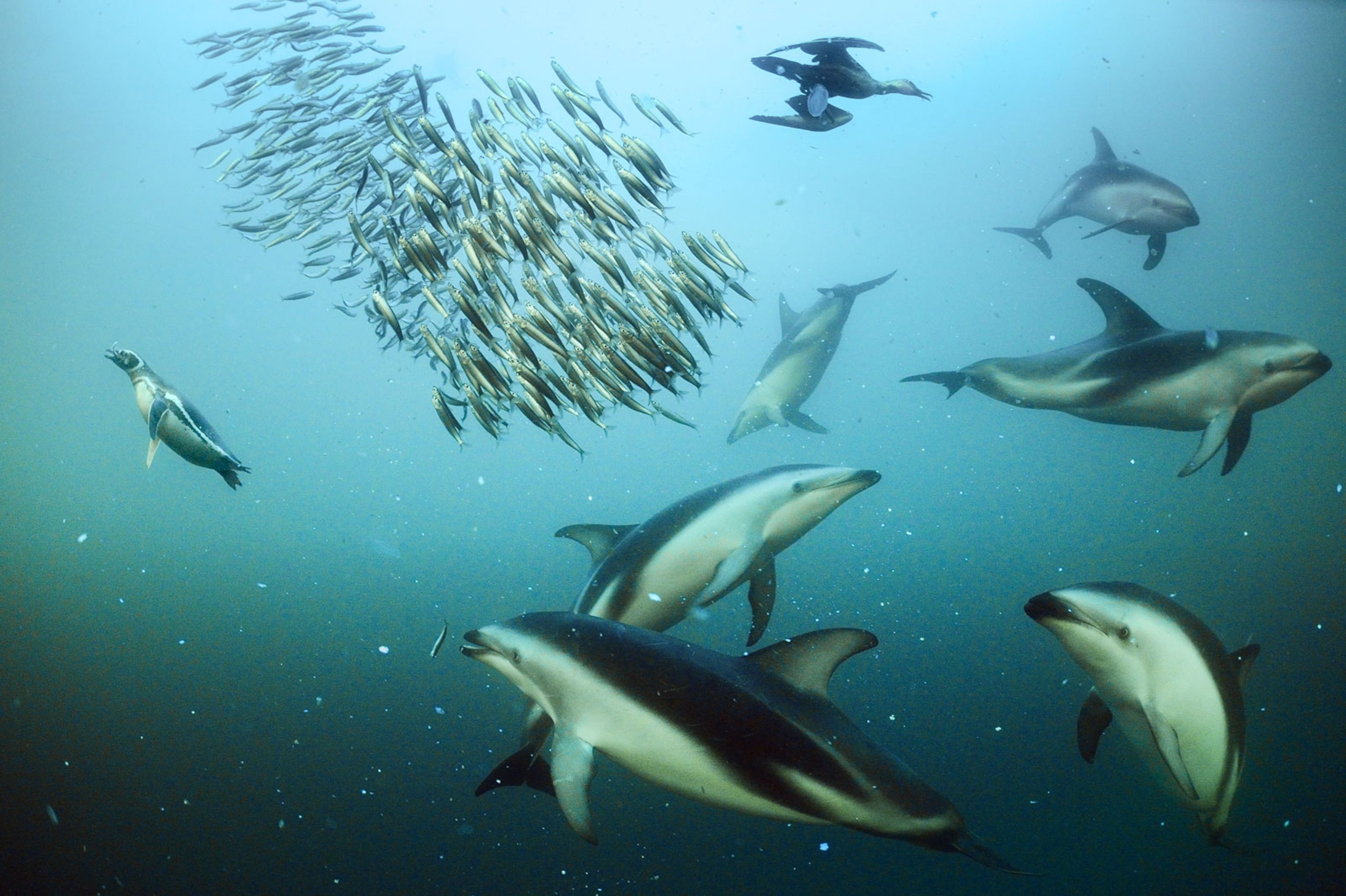
BECKY HARLAN: What was the toughest part about working on “It’s Time for a Conversation”?
KATHY MORAN: When you’re trying to do a story on animal cognition, the challenge is making interesting images that show the behavior. It’s easy to go and make beautiful photographs of dolphins. And if you were simply doing a story on spinners or bottlenose, lots of beautiful images might add up to a great photo essay. But when something like cognition becomes the framework that the visuals have to hang off of, then that behavior is absolutely critical to the storytelling.
The other thing that was really challenging is that you’re working with researchers who are passionate about only working with wild animals … and yet one of the reasons we know how smart [dolphins are] is the work that’s been done with captive animals. It was a delicate dance trying to be respectful to both sides of the equation. Brian really bridged that gap in a very creative and respectful way.

BECKY: How did you and Brian get to a place where you all were making the images you wanted?
KATHY: Brian spent weeks and weeks and weeks learning as much as he possibly could about these species, interviewing scientists, and trying to really figure out what he could bring to the story that was going to be different than what anyone else had done in the past. He worked so incredibly hard, but he just had these moments in the sea where everything came together. Spinners playing with leaves, bottlenose corralling fish, duskies eating from a bait ball—these are things that you hope you’re going to see, but it just takes hard hard work and lots of luck. That aerial image looking down on the dolphins doing mud rings around the fish, I don’t think anyone has ever made a still image of that behavior before.
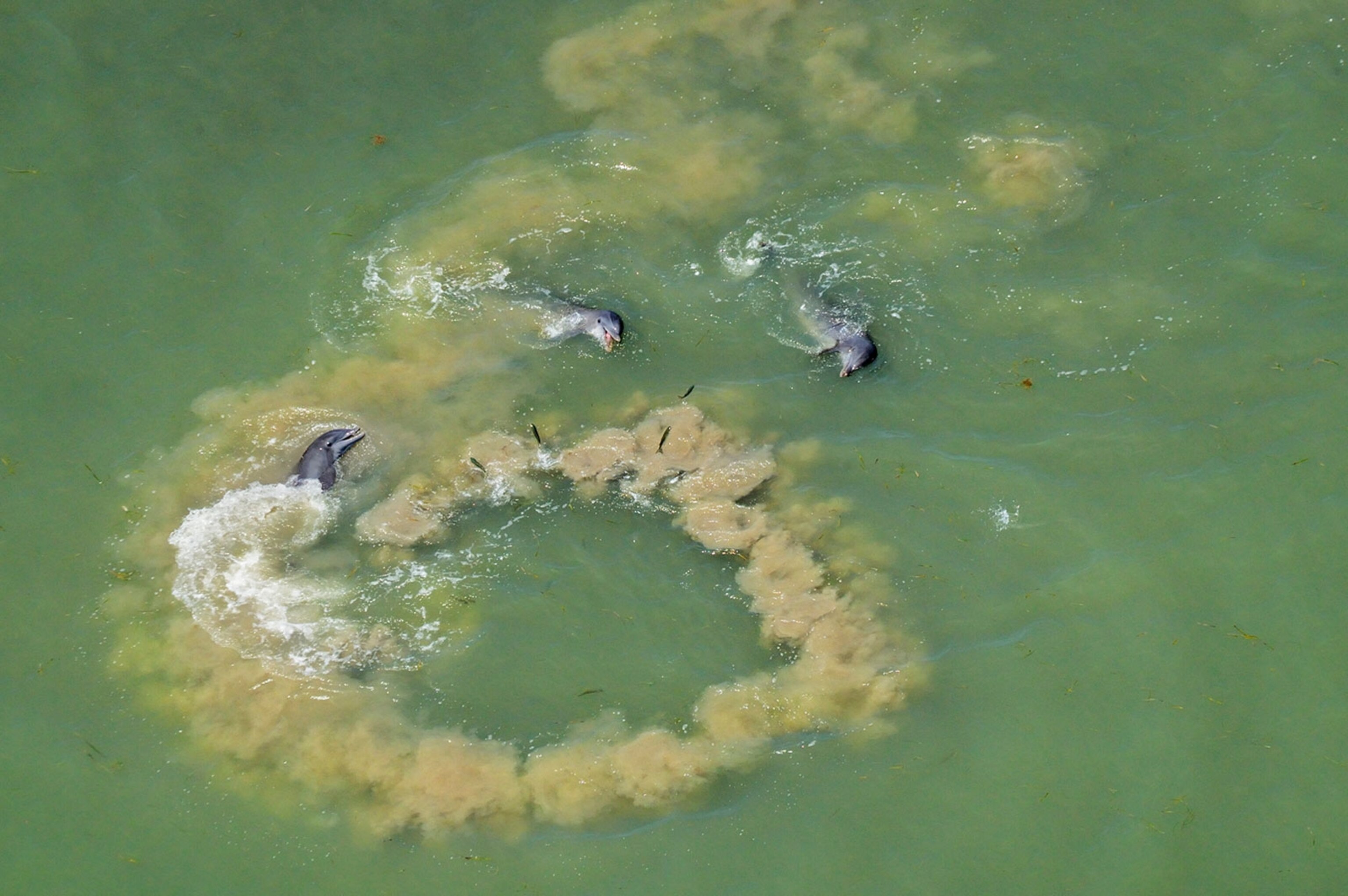
BECKY: You and Brian have worked on over ten stories together. What do you like about working with him?
KATHY: He’s talented, he’s curious, he’s one of the most hardworking partners I’ve ever done a story with. He really puts the effort into doing his homework. His style is absolutely beautiful—the way he brings light and motion together so that you feel that in his images. The ocean is never static.
What I really respect about Brian is that his commitment to ocean conservation never ends with the publication of the story. He continues to help all of the scientists that he works with and he lectures tirelessly about the need for ocean conservation. One story flows right into the next for him because his commitment to the ocean is so powerful. He has created this dialogue between himself and the National Geographic audience that’s all about his love of the oceans and the need to conserve them. It’s really a never ending conversation.

*****
See more photos and get the full story on dolphin intelligence in the May 2015 issue of National Geographic.
Explore Brian Skerry’s work on his website and follow him on Instagram. If you like what you see here, you can find other Proof posts about Skerry swimming with giants and finding the “Afghan girl” dolphin.

